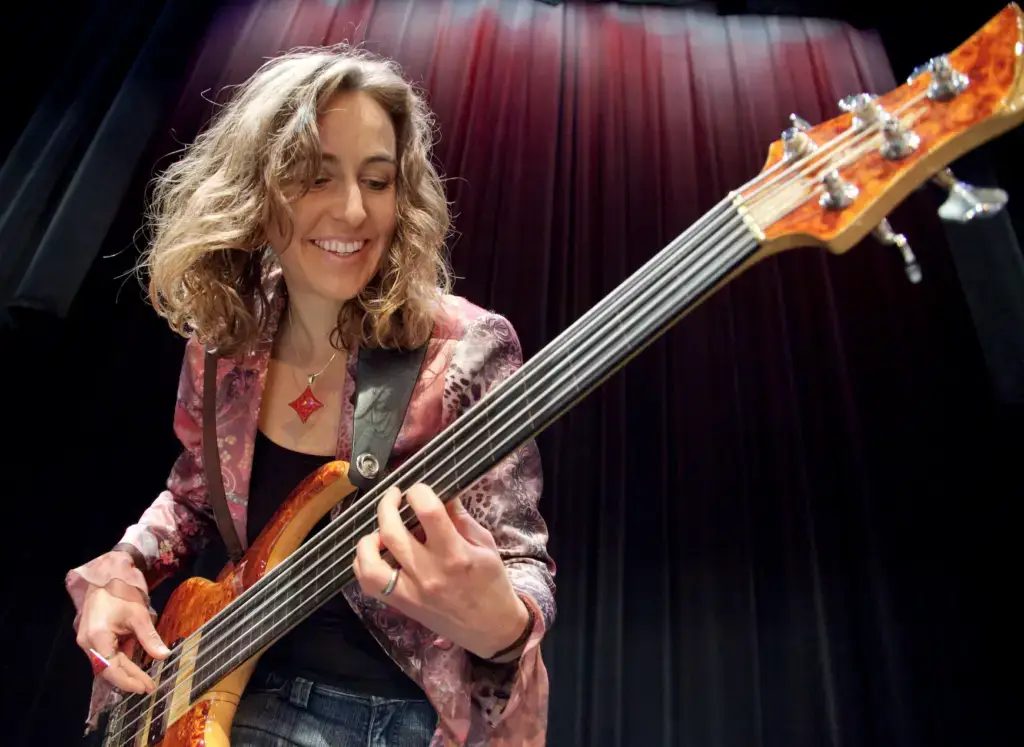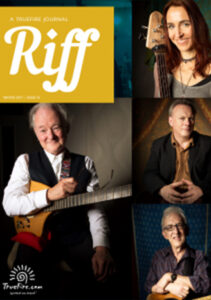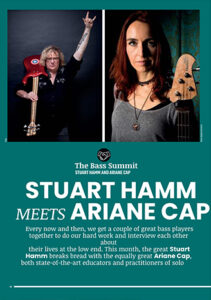You want to play by ear.
With the right practice most everyone can develop a set of reliable, confident ears.

Are you making any of these eight eartraining errors?
- You don't really have an eartraining routine. You think you should "just be able to hear it". You have either "good" or "bad" ears and that's that
- You use interval eartraining apps that are dry and theoretical rather than training your ears with grooves, bass in hand
- When you can't hear something you get frustrated but have no strategies to get yourself to actually hear it
- You never studied how context, timbre, rhythm or certain overtones affect your perception of pitch so when you get it wrong you are lost
- You never analyzed the emotional impact of sounds - though they move you each time you listen to songs or watch a movie
- Your practice is inconsistent, not appropriate for your level or you only practice the same thing over and over
- You don't know what to listen for and get distracted by other instruments and/or the rhythm and don't know how to fix it
- You miss developing golden ears by perusing TAB and relying on YouTube covers instead of using your ears

Imagine being able to...
- confidently follow along in a jam just by ear
- take songs off recordings with ease rather than having to rely on TAB
- play the bass lines you hear inside your head
- have strategies at your fingertips when confusion sets in
- effortlessly let your attention go to various players in the band (including yourself) and understand what you hear
- feel chord progressions in your body
- create bass lines that underscore particular emotions or lyrics
WELCOME TO
Ear Confidence:
Six Paths to Fearless Ears
This online class is your comprehensive guide to eartraining for the bass player, designed for aspiring players of all levels.
Whether you think you are completely tone deaf or are starting out with a pretty good ear and looking to improve it, the skills you will learn in this class will make your bass playing shine.
Because with our strategies at your fingertips – even for challenging situations on stage – your ear confidence will soar. With discerning ears comes relaxation so you will even notice an improvement in your timing and tone.
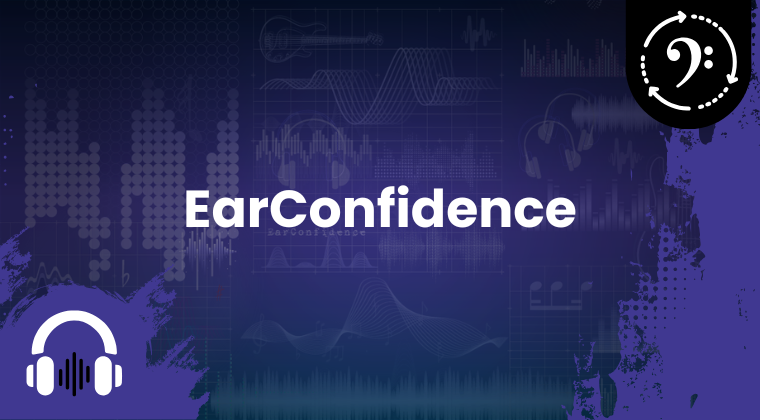
Hear from our students
I have always wanted to learn songs without resorting to buying sheet music or following tabs.
I spent many frustrating years hunting and pecking around to try and learn songs by ear.
Ari’s Ear Confidence course finally got me started on the tools I needed for learning this skill.
Working out songs by ear is always a challenge, but one of the most enjoyable parts of playing and studying music.
I am grateful to Ari’s course for helping me get started on this part of my musical education.”
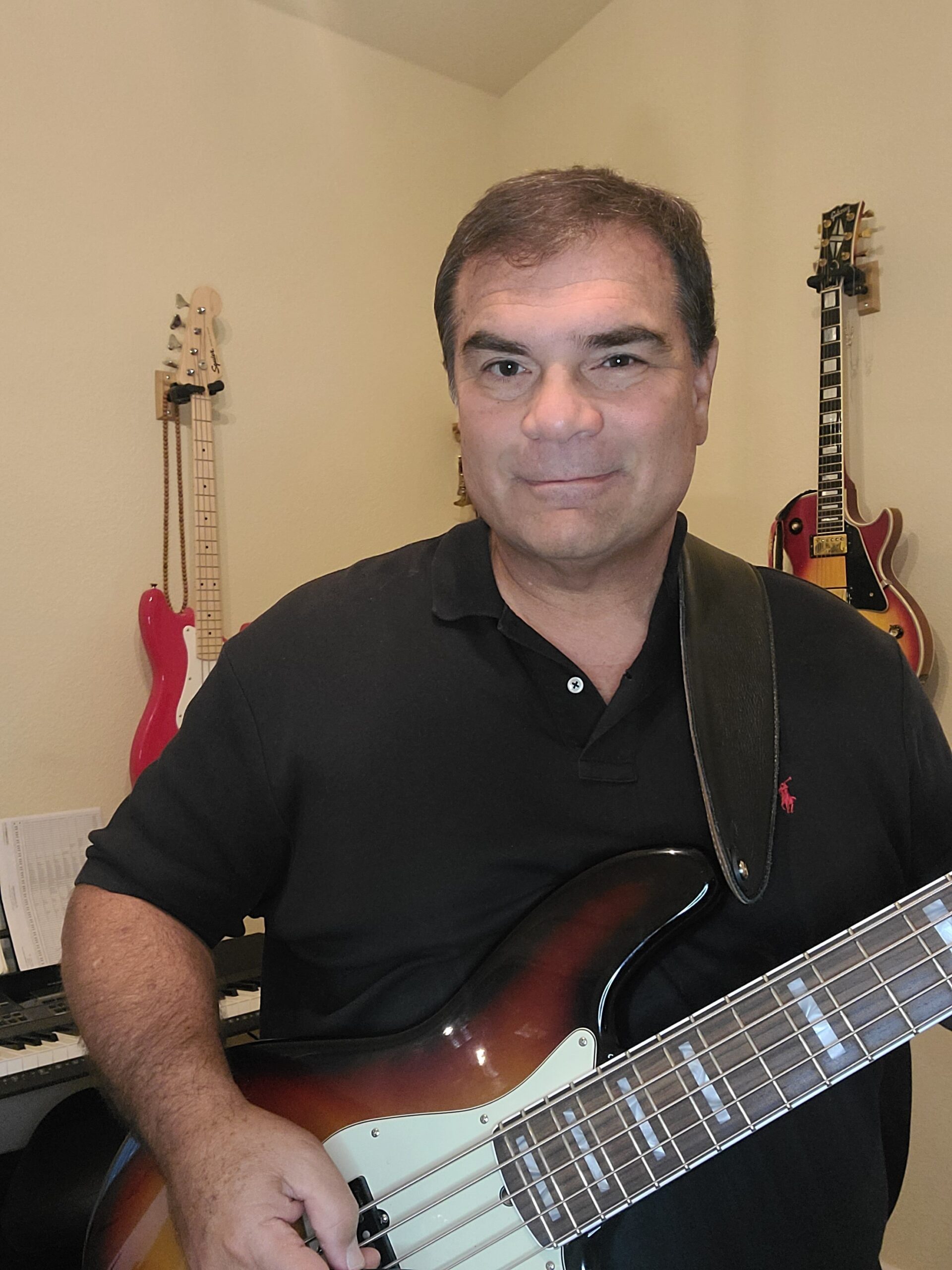
I can see that working with you will keep me happily busy for a long time, haha! I am so grateful to have found a teacher like you at this time in my life!
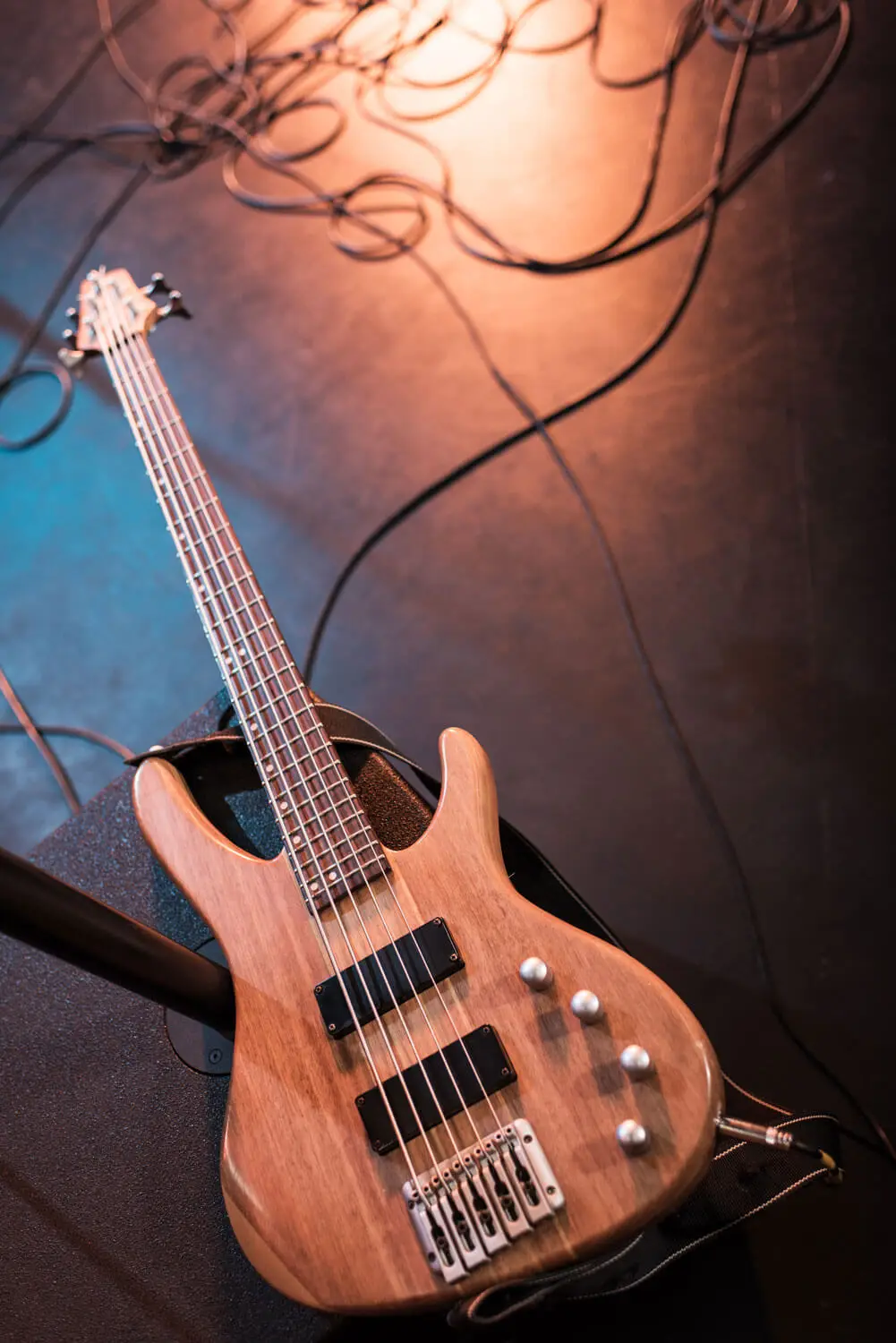
Again the eartraining course opened an unknown world to me, it is getting complexer all the time , but I can find my way better and better. Your courses are so great, I find myself not only with my bass, but you can find me experimenting on our piano, my guitar and synths. Once you get the overview, man…music is like chemistry , a lot of fun once you UNDERSTAND what is going on.
Again, thank you so much for putting together these courses,
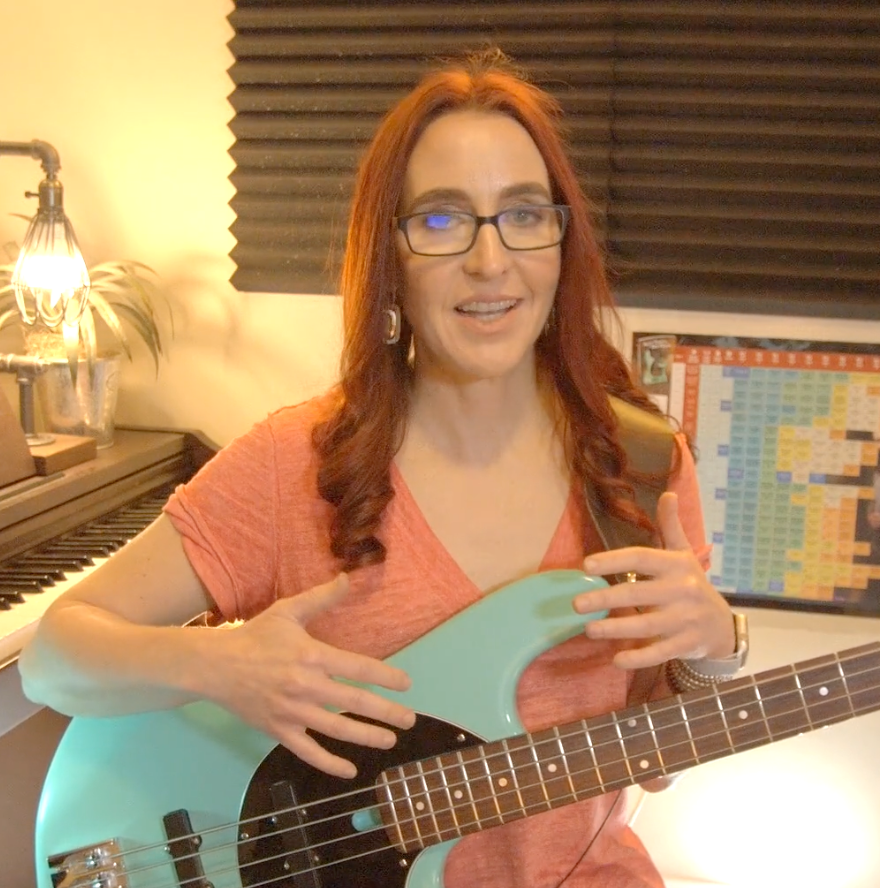
What exactly is in this course?
- Video lessons with drills on each of Ari's six favorite eartraining paths plus one bonus path!
- Insightful quizzes to drive home the learning
- Drones and jam tracks to practice with
- iRealPro practice playlists to import
- Tips for using technology
- Songlists to hear real life samples
- Ari's Golden Ear Nuggets (super tips and lifelines for challenging situations)
89 videos (7 hours) • 10 quizzes • 22 jamtracks • Bonus materials
Meet Your Instructor
Hi I’m Ari. Bassist, author, educator. Groove enthusiast and learning nerd.
As a bassist, I have toured/played/recorded with a variety of rock, Jazz, and funk bands, I have worked with some incredible producers (Keith Olsen) and musicians (Paul Hanson, Muriel Anderson) and I toured Brazil with Stu Hamm as a duo.
As a bass teacher, I have taught at London Bass Day, Gerald Veasley’s Bass Boot Camp, SBL, Truefire, notreble… I even ran my own music school for a few years before gigs took me back on the road.
One thing to know about me is that I teach because I am absolutely fascinated with the learning process.
When I started playing bass, I excelled very quickly because I had an amazing teacher who taught me using a powerful method. This method transformed my playing so quickly that I passed a bunch of high-level university auditions and even tested out of entire classes at university even though I had been playing for only a very short time.
That’s what, many years later turned into one of my books, co-written with Wolf Wein, called “The Pattern System for the Bass Player”. I created entire systems of learning based on some of these ideas and wrote books and created courses together with Wolf. Our bass books have sold over 30,000 copies and garnered rave reviews.
I started teaching online in 2009 and have embraced technology as a powerful learning tool since then, never losing sight of the importance of providing feedback and personalized guidance to learners.
I also utilize the power of learning in groups: our first cohort with volunteer coaches ran in 2018, and Masterclasses started in 2020. Our Live Practice Membership has been running since 2022.
Find out more about Ari as a bass player
Find out more about Ari as an educator
How is the
Ari Way
to great ears different?

With Apps, Traditional Ways

With Ari's EarConfidence
to train your ear
Sign up now
• 7 hours of video instruction
• Quizzes
• Jamtracks
• Tools, songlists, playlists
• 1.5 hours of bonus sessions
• "Golden Ear Nuggets" - tips and lifelines

Installment Plan
-
Lifetime Access
-
30-day Money Back guarantee
One-time Payment
-
Lifetime Access
-
30-day money back guarantee

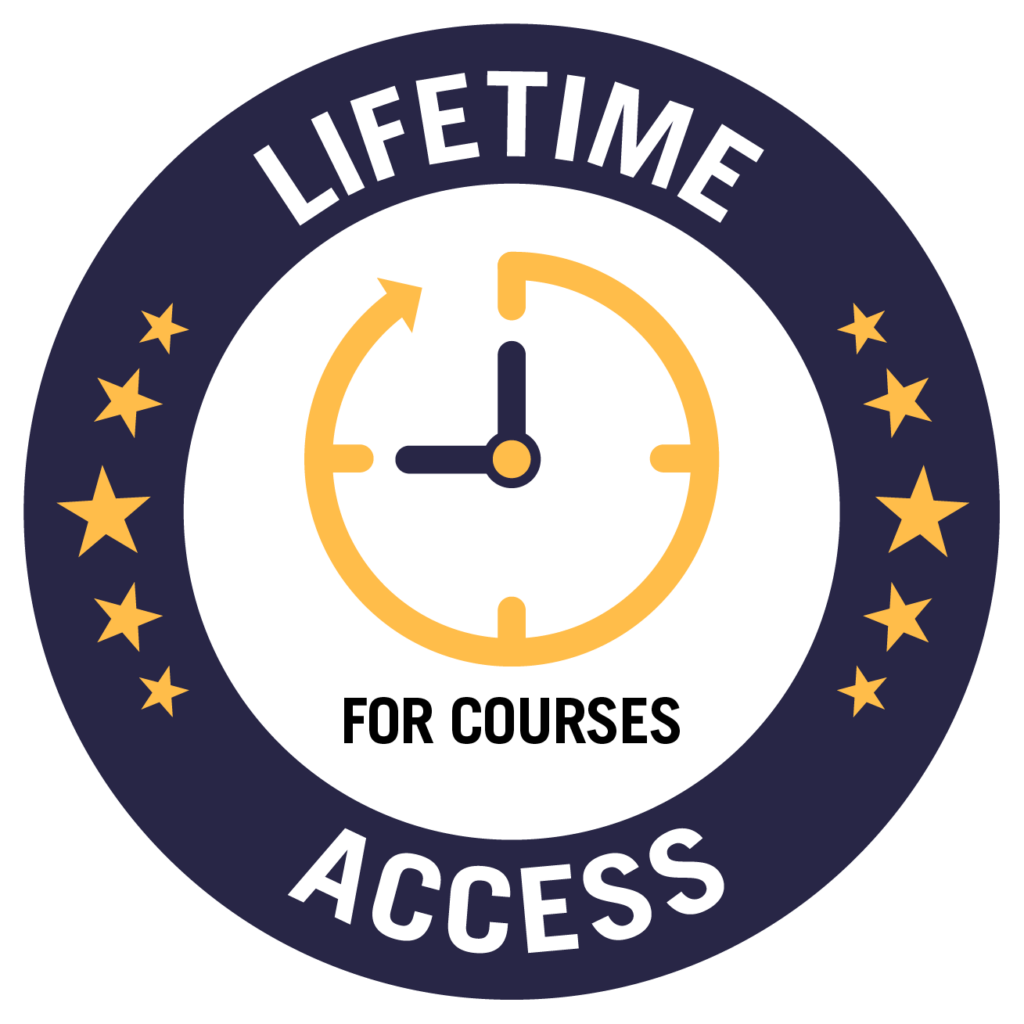

Featured by leading bass websites and publications
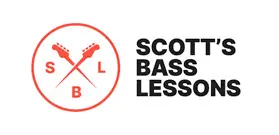
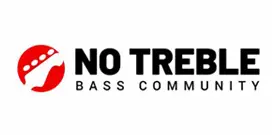








Myth Busters
Myth: You either have good ears or you don’t!
Truth: With the right practice, most everyone can develop a set of reliable, confident ears!
Most everyone? Very few do have a medical condition called Amusia – the inability to hear music and pitches. It’s likely not you since you are drawn to music and love it!
Do the test in my course, and then you’ll know for sure.
I have met a lot of people who declared themselves beyond hope and tone deaf, but what they really were suffering from was simply a lack of the right training!
Myth: Eartraining is interval training.
Truth: Eartraining that you can use when you need it goes far beyond interval training and needs to happen in the context of the music you play and the situation you play it in.
The musical context of the chords, rhythmic figures, overtones, distortion, voicings… these are just a few of the things that can make trying to figure out sounds in the moment vastly different from isolated interval training. We need to train our ears in the situations we need ear confidence in. We do this in this course and I throw you several lifelines and “Golden Ear Nuggets” you can count on to help you!
Myth: If you can’t sing you have bad ears.
Truth: You can have great ears without being able to hold a tune.
Whether you can sing or not is just an expression of whether you know how to operate your voice box. If you learn to “hear internally” you can use your bass to play what you hear inside. Or your voice, if your vocal cords cooperate.
Myth: Learning song beginnings is a great way to train your ears.
Truth: Song beginnings may help you ace your interval app stats, but they won’t help you in the moment, when you are trying to figure out a bass line or follow a fellow musician’s chord progression.
Because in such moments you are operating in a musical context. And the song beginning has its own musical context that is usually different. What you need in such situations is a reliable gut reaction to kick in, a strong intuition. And yes, you can develop this intuition!
FAQs
Who is Ear Confidence for?
Bass players who want stronger ears for grooves, fills, transcribing, and confident improvisation. Works for beginners and experienced players who want ear training that’s actually musical and practical.
What will I learn in this course?
You’ll train to use your ears in context that is relevant for bass players. Rather than identifying intervals in isolation, we will do bass related drills, functional ear training, and lots of improvisation. Because if you learn to hear internally, improvising and transcribing become very natural.
How is this taught?
Through short, focused drills that connect sound to movement. You listen, sing, clap, and then land it on the bass. Ear first, fingers second.
Do I need theory before I start?
Knowing the basics of theory is helpful. The course will reinforce what you already know and build on it. If you already know some theory, it will help you make deeper connections.
Will this help me learn songs by ear?
Absolutely. You’ll learn to recognize common progressions, bass motions, and rhythmic patterns so you can quickly map them to the fretboard.
How much time do I need each week?
Plan for 20 to 30 minutes a day, five days a week. The drills are short and designed for real-world improvement.
Is there any live practice available?
Yes! Join EarTraining Mondays from our Schedule page to practice live with Ari and others. These sessions expand on the course material and keep your ears sharp.
How long do I keep access?
You get lifetime access to all course videos and materials.
What gear do I need?
Any bass and a way to hear tones clearly. Simple speakers or headphones are enough. No fancy setup needed.
For more common questions about Ari’s courses, cohorts, and live practice, visit our full FAQ page:
Sign up now
• 7 hours of video instruction
• Quizzes
• Jamtracks
• Tools, songlists, playlists
• 1.5 hours of bonus sessions
• "Golden Ear Nuggets" - tips and lifelines

Installment Plan
-
Lifetime Access
-
30-day Money Back guarantee
One-time Payment
-
Lifetime Access
-
30-day money back guarantee




Get EarConfident
This is EarTraining, bass in hand:
- Have strategies in place when you get confused
- Rhythm, effects, certain contexts can mess with your perception. Be on the lookout and react!
- Hearing is an emotional event. Use your emotions!
- What to do when the bass is buried in the mix of a song you try to learn
- And so much more

